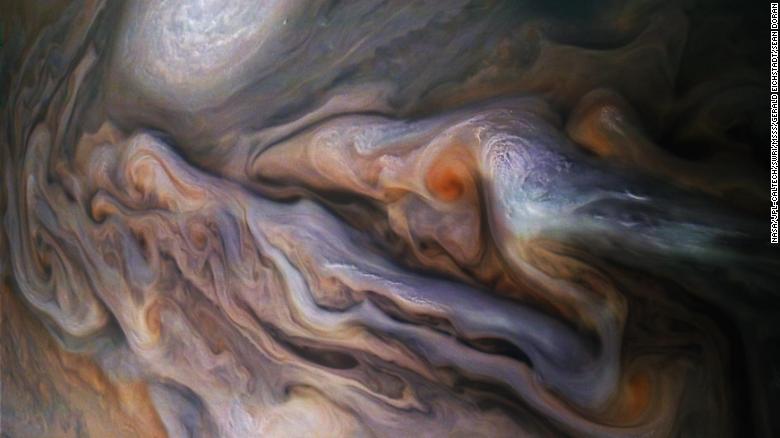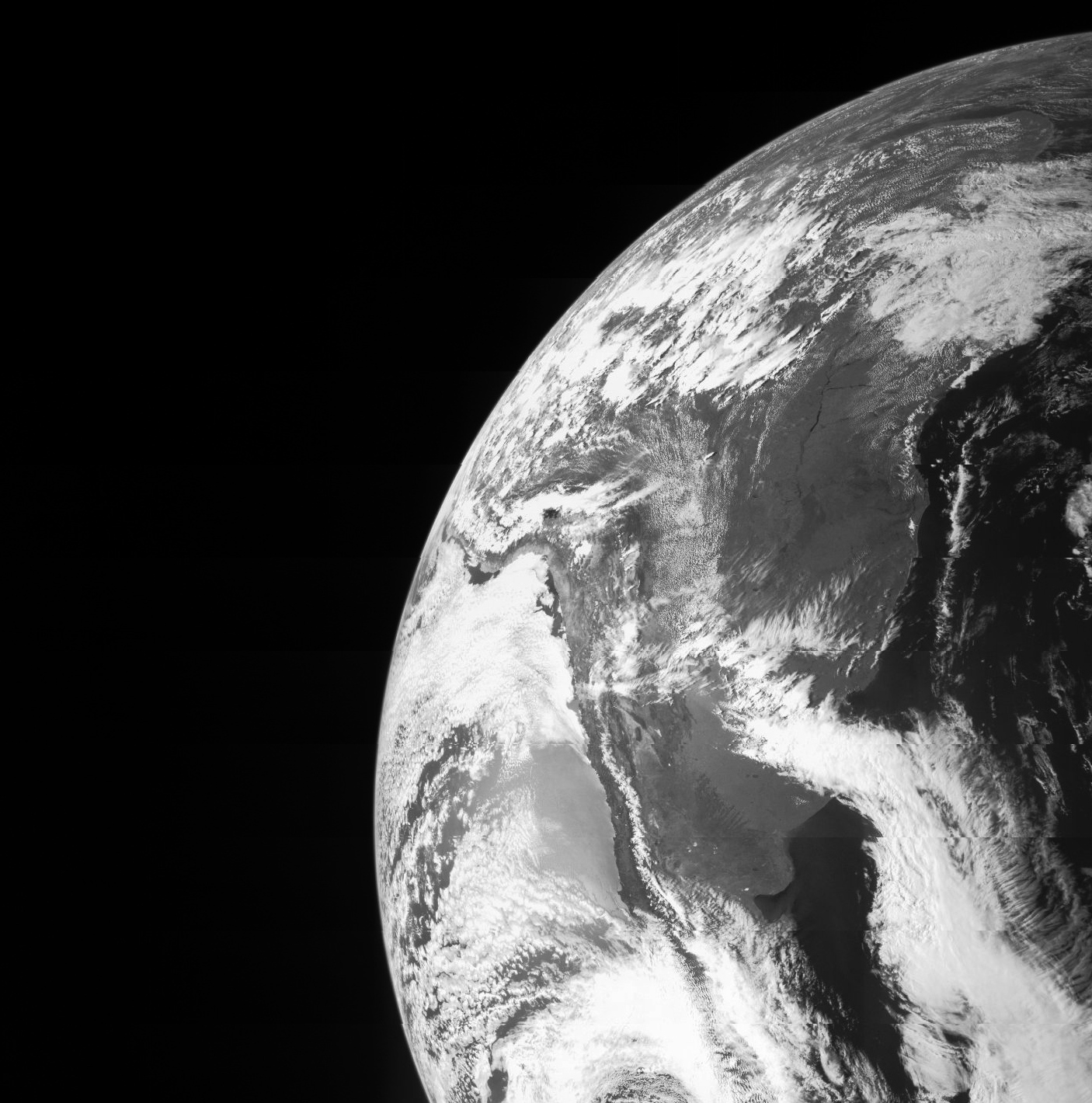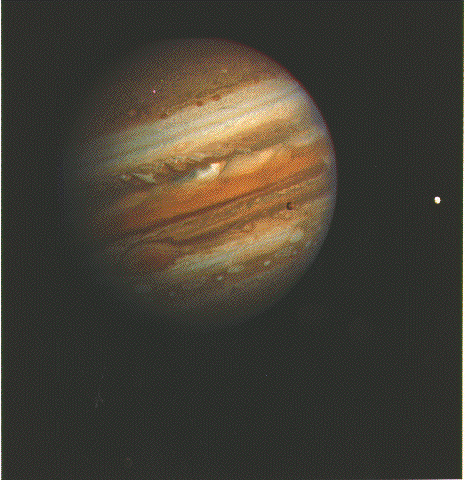quote=dv
The pictures from Juno’s close approaches give a real sense of the shape of the clouds in 3D space.

quote=dv
The pictures from Juno’s close approaches give a real sense of the shape of the clouds in 3D space.

mollwollfumble said:
quote=dv
The pictures from Juno’s close approaches give a real sense of the shape of the clouds in 3D space.
The false colouring is improving. Juno only photographs in black and white.
Some videos on that link. Also hhgtg quotes.
On Dec. 21, Juno will mark its “halfway point” during its years-long mission.
A series of images taken in Jupiter’s hemisphere on Oct. 29, 2018, appear to reveal a pod of dolphins “swimming” across the clouds.
mollwollfumble said:
The false colouring is improving. Juno only photographs in black and white.
“The camera uses a Kodak image sensor, the KODAK KAI-2020, capable of color imaging at 1600 × 1200 pixels: less than 2 megapixels.”
dv said:
mollwollfumble said:The false colouring is improving. Juno only photographs in black and white.
“The camera uses a Kodak image sensor, the KODAK KAI-2020, capable of color imaging at 1600 × 1200 pixels: less than 2 megapixels.”
It is? But I’ve only seen false colour from it?
mollwollfumble said:
dv said:
mollwollfumble said:The false colouring is improving. Juno only photographs in black and white.
“The camera uses a Kodak image sensor, the KODAK KAI-2020, capable of color imaging at 1600 × 1200 pixels: less than 2 megapixels.”
It is? But I’ve only seen false colour from it?
Not sure how to help you with that.
dv said:
mollwollfumble said:
dv said:“The camera uses a Kodak image sensor, the KODAK KAI-2020, capable of color imaging at 1600 × 1200 pixels: less than 2 megapixels.”
It is? But I’ve only seen false colour from it?
Not sure how to help you with that.
Yeah, wikipedia says colour. This is Junocam’s view of Earth. And its images of Jupiter appear monochrome. I’d hate to think that these were the real colours, they’re totally different to the colours of Voyager.

The following looks monochrome to me, or very close to it.

Hold on a moment. The raw images that Voyager took of Jupiter look monochrome, too.


So Jupiter really is monochrome? Jeez, Jupiter is really ugly. A different monochrome for the equator and temperate regions (brown) to the poles (blue).
https://www.youtube.com/watch?v=hrPJBsitzl4 explains how Junocam’s colour system works. It does seem as though it should be giving proper colour.Normal cameras have small pixels of r,g,b. Junocam doesn’t, it has filter strips that extend all the way from one side of the sensor to the other. With a red section, a green section and a blue section. Each is 155 rows high. These are scanned across the target by spacecraft rotation. After 3.2 milliseconds the rotation has moved fast enough that that is in the wrong place. That’s too small for the amount of light available at Jupiter.
So they use advanced features of the CCD imager, time delay integration. Drift scanning. The colour is gained by reversing the drift.
Latest release image from Juno. Colorful swirling clouds in Jupiter’s North Equatorial Belt.

From https://www.nasa.gov/mission_pages/juno/images/index.html
The documentary on Jupiter and Juno the other week mentioned how originally they weren’t even going to have a camera on Juno as its mission was to determine the interior make up of Juno not take photos of the clouds/atmosphere.
The engineers/designers put it on anyway saying it would be a shame to go all that way and not take photos
mollwollfumble said:
Latest release image from Juno. Colorful swirling clouds in Jupiter’s North Equatorial Belt.
From https://www.nasa.gov/mission_pages/juno/images/index.html
Amazing.
:)